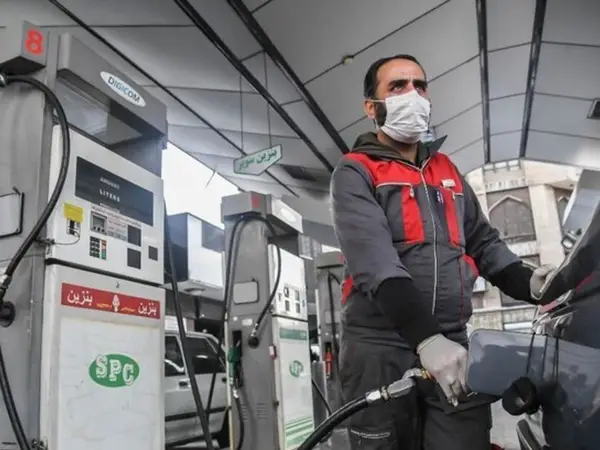Iranians will most likely experience their next shock when the government reduces fuel subsidies and prices rise dramatically, pushing inflation even higher.
Iran has one of the world’s cheapest fuel prices, with one liter of gasoline going as cheap as 5 US cents, or around 20 cents a gallon, while prices in other oil-producing regional countries is 10-20 times higher. In Europe, gasoline is almost 40 times higher than in Iran.
The history of subsidized fuel goes back to the period before the 1979 revolution, but since then the government has maintained the ever-growing subsidy, as the gap between prices in Iran and elsewhere has widened. As an oil-producing nation, ‘the government takes care of its people’ – has been the logic of fuel subsidies.
Official estimates in Iran put the total annual subsidy of cheap fuel as high as $60 billion, which is more than the country’s oil export revenues.
Now, the government is once again thinking of raising gasoline prices although officials and members of parliament continue to deny that it will happen this year. Mousa Ahmadi, a member of parliament’s energy committee on Sunday said that lawmakers and the government have not discussed a price increase, although his denial was less than categoric.
Already, in two southern regions the government has been experimenting with higher prices, by offering rationed cheap fuel to everyone, and 50 cents a liter unlimited supplies for those who want to drive more and have the money to pay for it.
A news website in Iran reported Sunday that the government has reduced the number of pumping stations on some highways, forcing drivers who need gas to buy it from road-side dellers at five time the price.
Reducing the subsidy, however, is a risky political move in a volatile domestic environment. Last time the government raised prices in November 2019, nationwide unrest ensued, with security forces receiving orders to fire at protesters. At least 1,500 unarmed people were killed, and the regime’s legitimacy was seriously damaged both at home and abroad.
In addition to the inherent risk, the government already scrapped food import subsidies in early May, which translated into an immediate jump in bread and other food prices. This led to days of protests, which were quelled by deploying thousands of specially maintained “anti-riot” troops, who used force and arrests.
The political environment, however, remains tense and the smallest incident could trigger a new round of protests among 80-million Iranians who have become impoverished over the years, especially since 2018. That was when the United States pulled out of the 2015 nuclear agreement and reimposed tough economic sanctions, especially on oil exports.
The national currency has fallen almost tenfold against the US dollar, with food prices rising by 60 percent in 2021, even before the latest decision to stop import subsidies. Some officials and even the government-controlled media say that tens of millions of Iranians have lost their middle-class status and can be categorized as “poor” because of constant high inflation, topping 40 percent annually.
But Iran’s economic problems are compounded by a growing popular perception that the Islamic Republic governing elite is just inefficient and corrupt, and even many insiders feel less constrained in recent months to speak out.
The only reprieve could come from a nuclear agreement with the US, which would lift economic sanctions, but Tehran has hesitated and the year-long talks in Vienna have stalled.
More people in Iran are concluding that the ruling regime stands at a crossroad – to solve its problems with the United States or continue an anti-West foreign policy and risk more isolation and internal dissent.
